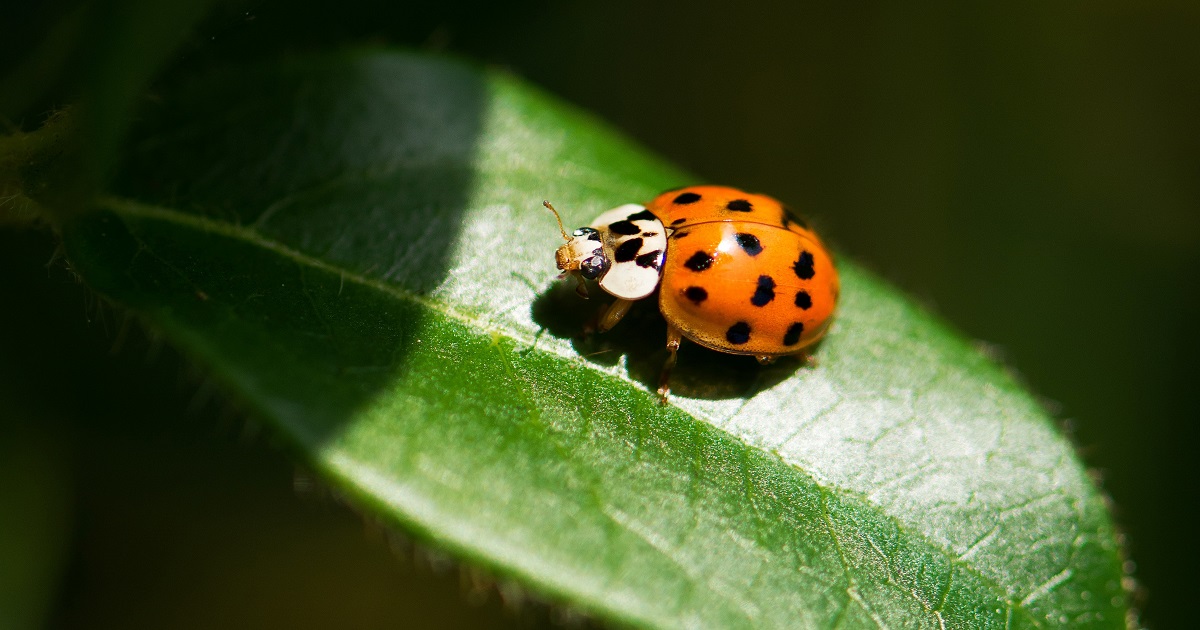Insect-Plant Interactions in Agricultural Applications
A special issue of Insects (ISSN 2075-4450). This special issue belongs to the section "Insect Pest and Vector Management".
Deadline for manuscript submissions: closed (31 December 2022) | Viewed by 26269

Special Issue Editors
Interests: biopesticides; semiochemicals; arthropod-plant interactions; biological control
Special Issues, Collections and Topics in MDPI journals
Special Issue Information
Dear Colleagues,
Insect-plant interactions have been investigated using several different experimental approaches and techniques, including behavioral, genomic, and metabolomic analyses to investigate plant response to insect feeding, the performances of herbivores on different hosts or the relationship with beneficial insects (i.e., pollinators and natural enemies).
Insect-plant interactions become key factors when the vegetable species is a food crop or an ornamental species with economic importance. Pest control against insect pests has traditionally relied on conventional synthetic insecticides. Nevertheless, in recent decades, the extensive application of these kinds of pesticides has generated serious concerns related to environmental risk and their safety for humans.
Basic knowledge about the interaction and the communication processes between insects (i.e., both pests and beneficial ones) and host plants can be used in integrated pest management (IPM) programs, developing ecofriendly alternative control strategies to limit the impact of insect pests on crop production, in addition to reducing the use of conventional insecticides. Furthermore, research concerning (tri)trophic interactions can shed light on direct and indirect plant defense mechanisms, as well as on resistance to pest attack.
This Special Issue welcomes high-quality contributions, both original research papers and reviews, covering all aspects of insect-plant interactions and their applications to improve IPM programs.
Dr. Giulia Giunti
Dr. Francesca Laudani
Guest Editors
Manuscript Submission Information
Manuscripts should be submitted online at www.mdpi.com by registering and logging in to this website. Once you are registered, click here to go to the submission form. Manuscripts can be submitted until the deadline. All submissions that pass pre-check are peer-reviewed. Accepted papers will be published continuously in the journal (as soon as accepted) and will be listed together on the special issue website. Research articles, review articles as well as short communications are invited. For planned papers, a title and short abstract (about 250 words) can be sent to the Editorial Office for assessment.
Submitted manuscripts should not have been published previously, nor be under consideration for publication elsewhere (except conference proceedings papers). All manuscripts are thoroughly refereed through a single-blind peer-review process. A guide for authors and other relevant information for submission of manuscripts is available on the Instructions for Authors page. Insects is an international peer-reviewed open access monthly journal published by MDPI.
Please visit the Instructions for Authors page before submitting a manuscript. The Article Processing Charge (APC) for publication in this open access journal is 2600 CHF (Swiss Francs). Submitted papers should be well formatted and use good English. Authors may use MDPI's English editing service prior to publication or during author revisions.
Keywords
- integrated pest management
- plant defense
- behavioral adaptation
- trophic interactions
- resistance
- host location
- semiochemicals
- beneficial insects
Benefits of Publishing in a Special Issue
- Ease of navigation: Grouping papers by topic helps scholars navigate broad scope journals more efficiently.
- Greater discoverability: Special Issues support the reach and impact of scientific research. Articles in Special Issues are more discoverable and cited more frequently.
- Expansion of research network: Special Issues facilitate connections among authors, fostering scientific collaborations.
- External promotion: Articles in Special Issues are often promoted through the journal's social media, increasing their visibility.
- Reprint: MDPI Books provides the opportunity to republish successful Special Issues in book format, both online and in print.
Further information on MDPI's Special Issue policies can be found here.







